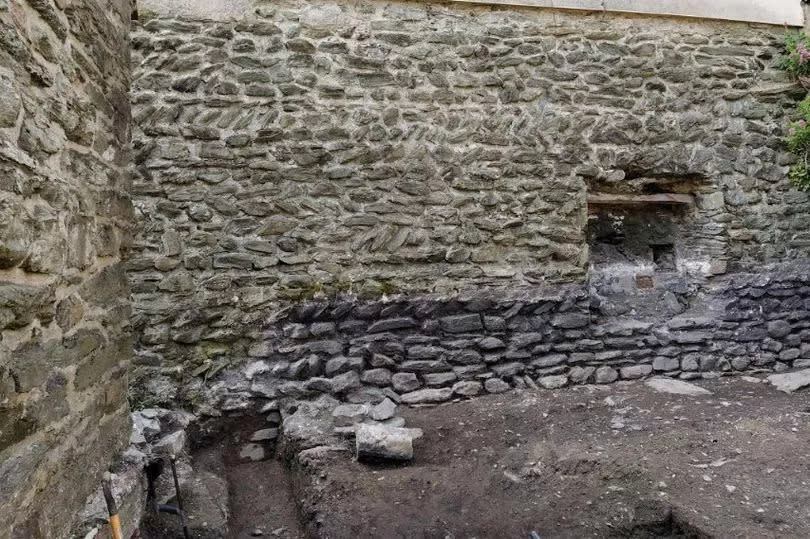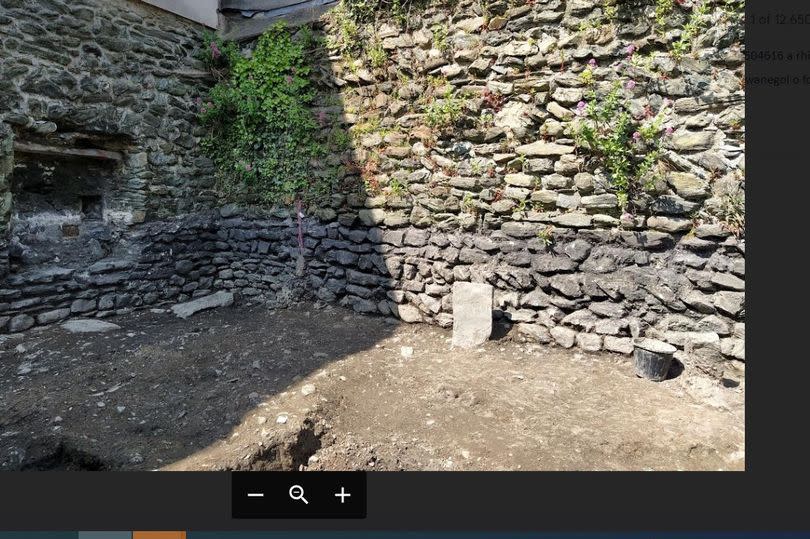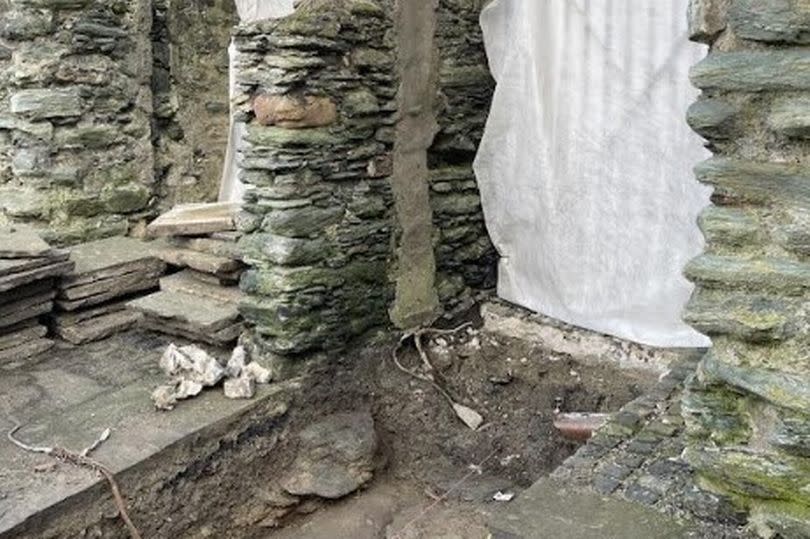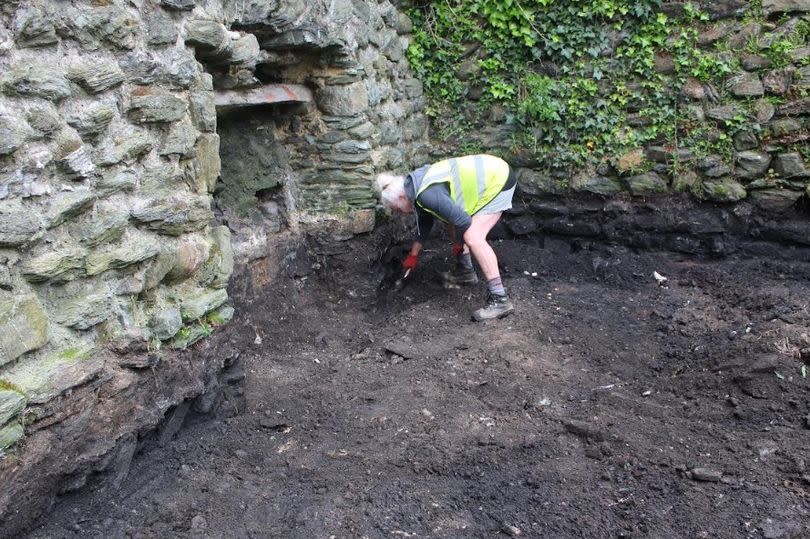Secrets of Anglesey's Roman and medieval past unearthed in Holyhead archaeological dig

Archaeologists are learning more about Anglesey's Roman and phases of its medieval past in a fascinating dig at a chapel site in Holyhead. An excavation is under way at Eglwys y Bedd, a detached Grade II-listed structure within St Cybi's Churchyard where once a Roman fort stood.
The public will get a chance to see the archaeological work first-hand during an open day being held on Sunday, June 23. The dig was prompted after planning permission was granted to convert and extend Eglwys y Bedd into a community hub including a café and training kitchen.
The plans also describe the opening of a previously blocked ‘chancel arch’ to allow interpretation as an historical feature. The scheme was submitted to Anglesey County Council by Simon Ogdon of the Bangor Diocesan Board of Finance.
READ NEXT: Vandalism of Anglesey election placard blasted as 'attack on democracy'
READ NEXT: Noisy night-time walkers 'making life a misery' for residents in Eryri village
Senior planning archaeologist for Heneb: Gwynedd Archaeology Jenny Emmet said the area was "an extremely important and impressive" historic site. Although only under way for about three weeks the dig, which will go on for several months yet, has already thrown up some interesting details. "The churchyard was originally a Roman fort, hence the 'caer' of Caergybi. " Jenny said.
"It was built to defend the island from attacks by sea, probably from Ireland, in the late third to early fourth century CE. St Cybi is thought to have founded a community of monks here in the sixth century and Eglwys y Bedd is thought to mark his original burial place. The current building is partly medieval but has been rebuilt several times.
"Previous investigations had found the remnants of demolished medieval chapel walls as well as the former entrance to the Roman fort. The current work aims to find out more about the Roman, early medieval, and medieval phases of the site."
The dig has been organised in two stages. One sees investigation into the west of the chapel where the archaeologists have dug down to find the base of the Roman wall. Foundation stones under the chapel and its wall relating to an earlier medieval chapel have been identified. Historic graves have also been unearthed including one from 1700s with an intact upright grave stone with the letters R and T.

What is thought to be a 'lid' or capstone of a cist-style grave has also been found nearby. These are more usually early medieval in date. In the second part of the dig, at the eastern end, archaeologists are hoping to find out more about the chapel remains, including a 14-century chancel knocked down in the late 1700s. One "exciting" feature to be fully investigated following trial trenching is the foot-worn threshold stone to the Roman fort's entrance.

Miscellaneous smaller finds from later decades have also included pottery shards, some with their own tales to tell. One pot fragment includes an image depicting opposition to the controversial Corn Laws of 1815-46. The Corn Laws were a deeply divisive issue which saw the British Government pass legislation which artificially inflated the price of corn. This severely affected the poor due to rising food costs while benefiting the rich who gained increased political power and profits through land ownership. Another interesting find included an early clay pipe bearing a Masonic symbol.


Jenny added: "We really hope members of the public will come along to the open day to learn about this interesting and impressive site which tells us so much about the area and its development. There is a chance to talk with the archaeologists from Heneb: Gwynedd Archaeology about their research and what they've found so far." A small display will also be set up by the entrance from Swift Square and site talks will be given at roughly half-hourly intervals.

A pop-up exhibition is also being in the Market Hall for those who can't make the event on the day. The dig notes that the excavation is in a churchyard and while it has seen the "respectful excavation" of historic graves it is noted that human bones may be visible.
There is currently no interior access to St Cybi's Church or Eglwys y Bedd chapel as both are undergoing renovation. The archaeologists urge that care should be taken on the site. Dogs must be kept on leads and visitors will be accompanied .
Join the North Wales Live WhatsApp community group where you can get the latest stories delivered straight to your phone.

 Yahoo News
Yahoo News 
